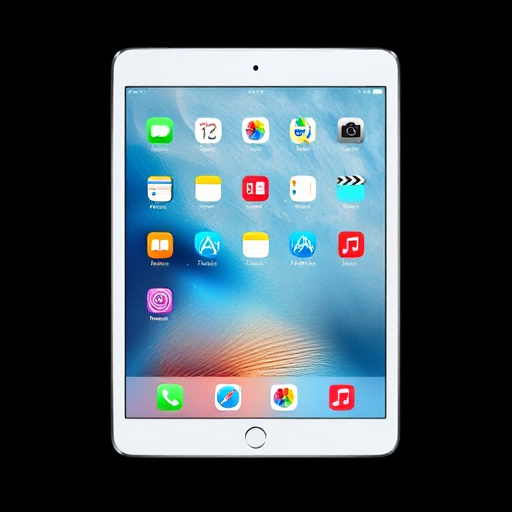Battery health is crucial for iPad performance, making charge duration a key metric. Declining battery life, sudden shutdowns, slower performance, frequent charging, and increased heating are signs of aging batteries requiring replacement to maintain device lifespan and safety. Timely battery checks and replacements are vital for optimal iPad usage.
Is your iPad losing charge faster than ever? It might be time to consider a battery replacement. This article explores three telltale signs that indicate your device’s battery is declining, helping you identify if a replacement is necessary. From monitoring battery life and observing unusual behavior to checking physical signs and performance slowdown, these indicators will guide you in making an informed decision. Remember, understanding when to replace your iPad’s battery is crucial for maintaining optimal performance and safety.
- Battery Life: The Key Indicator
- Observing Unusual Behavior
- Physical Signs of Battery Decline
- Performance Slowdown
- Frequent Charging Needs
- Temperature Concerns
- Warranty and Safety Considerations
Battery Life: The Key Indicator

The health and performance of your iPad heavily rely on its battery, making battery life a crucial indicator when considering a replacement. As batteries age, their capacity to hold a charge decreases, leading to faster draining and reduced usage time. If you find yourself charging your iPad more frequently than usual, experiencing sudden shutdowns, or noticing significant performance lags between charges, these could be signs that it’s time to consider a battery replacement.
Monitoring battery life is an effective way to gauge the overall health of your iPad. Keep track of how long your device lasts on a single charge and compare it to the manufacturer’s specifications. A notable decline in battery life, especially when combined with other symptoms, strongly suggests that your iPad’s battery needs attention and might be ready for a replacement.
Observing Unusual Behavior
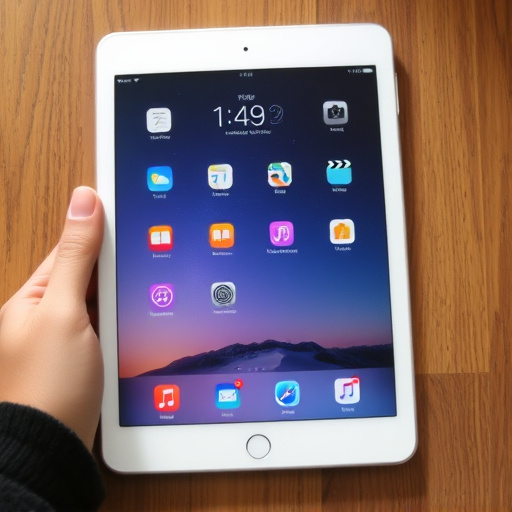
If your iPad is exhibiting unusual behavior, it could be a sign that its battery needs attention. Look out for sudden shutdowns or frequent crashes, as these may indicate low battery health or an impending need for a replacement. Additionally, observe if your device’s performance seems slower than usual or if apps take longer to load—all potential red flags suggesting a battery issue.
Remember, over time, lithium-ion batteries in electronic devices like iPads naturally degrade, leading to reduced capacity and performance. If you notice any of these unusual behaviors, consider getting your iPad’s battery checked or replaced to ensure optimal device performance and longevity.
Physical Signs of Battery Decline
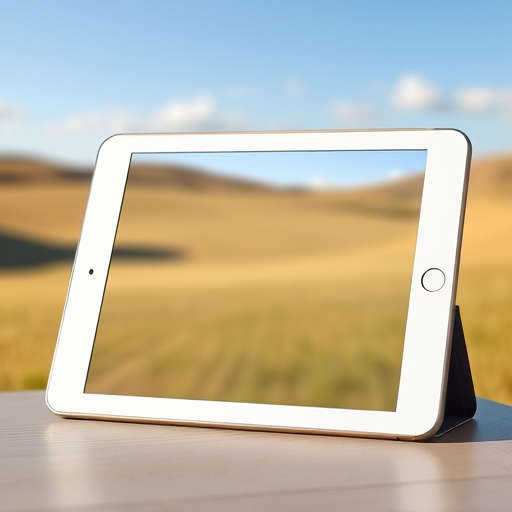
The lifespan of an iPad battery, like all electronic devices, is finite. As it ages, you’ll start to notice physical signs that indicate its capacity has declined. One of the most obvious indicators is reduced screen brightness; what once was a vibrant display now flickers and dims faster than before. This occurs because the battery’s ability to hold a charge decreases over time, leading to less power available for the screen.
Another tangible sign is increased heating during normal usage. As the battery ages, it may not be able to efficiently regulate its temperature, causing it to warm up quicker, especially when running demanding apps or playing games. This isn’t just an inconvenience; excessive heat can also shorten the life of your iPad’s overall hardware. If you’ve noticed these physical changes accompanied by frequent auto-locks or sudden shutdowns, it’s a clear signal that it’s time to consider a battery replacement for your iPad.
Performance Slowdown
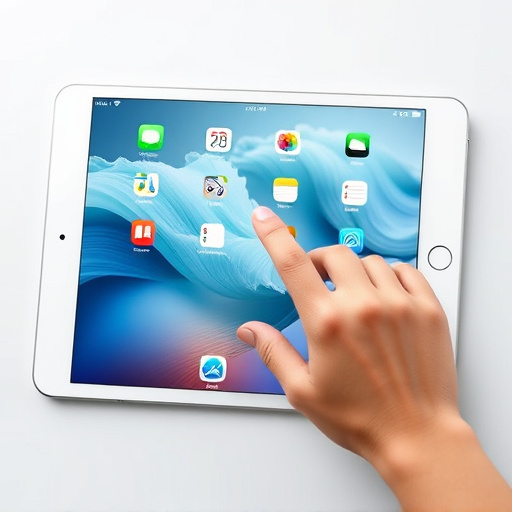
If your iPad is starting to feel sluggish and slow, it might be time to consider a battery replacement. Performance slowdown is one of the clearest signs that your device’s power source needs an upgrade. As your iPad ages, its battery capacity decreases, leading to increased loading times for apps and slower overall performance. This can make everyday tasks, like browsing the web or playing games, frustratingly slow.
When a battery is no longer able to hold a charge effectively, it struggles to provide the necessary power to all components of your iPad. As a result, you may notice that your device heats up more quickly during usage and that apps take longer to respond. Replacing the battery can bring back the snappiness and responsiveness you once enjoyed, ensuring your iPad performs at its best again.
Frequent Charging Needs
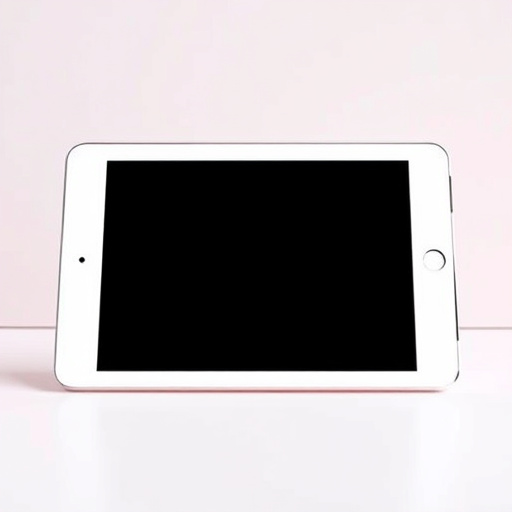
If your iPad requires frequent charging, it might be signaling that its battery is worn out and needs replacing. Over time, lithium-ion batteries degrade naturally, leading to reduced capacity and faster discharge rates. If you notice that your iPad drains quickly even with regular use or that it needs to be charged several times a day, these could be early indicators that a battery replacement is necessary.
Keep an eye out for instances where your iPad seems to lose charge faster than usual, especially if you haven’t increased your usage or added new apps that require significant power. These hints suggest internal changes in the device’s power management, which often point towards a problematic battery.
Temperature Concerns

The health and performance of your iPad’s battery are closely tied to temperature. Extreme heat or cold can significantly impact its capacity and longevity. If you notice that your iPad gets unusually hot while in use, especially during demanding tasks like gaming or video editing, it might be a sign that the battery is struggling. Overheating can cause the battery to degrade faster, leading to reduced lifespan and potential safety hazards. Similarly, operating your iPad in extremely cold conditions can also affect its battery life. Cold temperatures can slow down chemical reactions within the battery, causing it to hold less charge over time. Regularly exposing your device to high or low-temperature environments may require considering a battery replacement to maintain optimal performance and ensure the safety of your iPad.
When addressing temperature concerns, keep in mind that many modern iPads come with advanced power management systems that adjust charging and performance based on environmental factors. However, if these measures don’t seem to help or if your iPad’s temperature issues persist despite efforts to maintain a balanced environment, it could indicate an underlying problem with the battery that requires professional attention or a replacement.
Warranty and Safety Considerations
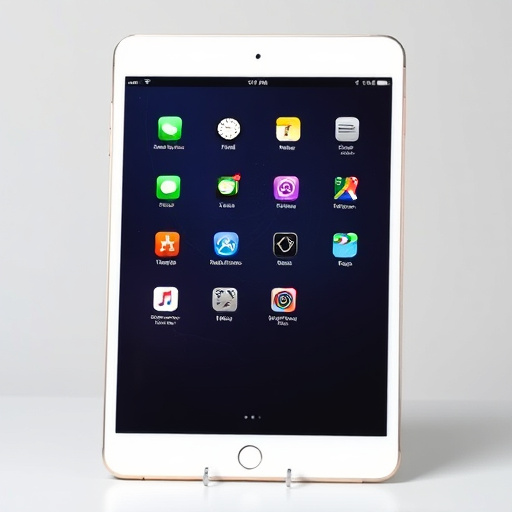
When considering whether to replace your iPad’s battery, it’s crucial to balance convenience with warranty and safety considerations. Apple products typically come with limited warranties that cover defects, but they do not usually include battery degradation or replacement as part of the terms. This means that if your iPad is still under warranty, replacing the battery might void it, depending on your region and the specific warranty conditions.
Safety is another vital factor. Aging batteries can become unstable and pose a fire risk. If you notice any signs of physical damage, swelling, or unusual heat emission from your iPad’s battery, it’s imperative to stop using it immediately and consult an authorized service provider. Timely replacement can ensure both the longevity of your device and your safety.
If your iPad is showing signs of a declining battery, such as reduced battery life, unusual behavior, physical damage, performance slowdown, frequent charging needs, or temperature concerns, it’s crucial to consider a battery replacement. Regularly monitoring these indicators can help ensure optimal device performance and safety. Remember, a well-maintained battery extends the lifespan of your iPad, so don’t hesitate to take action when necessary – it could be the game changer your device needs.
